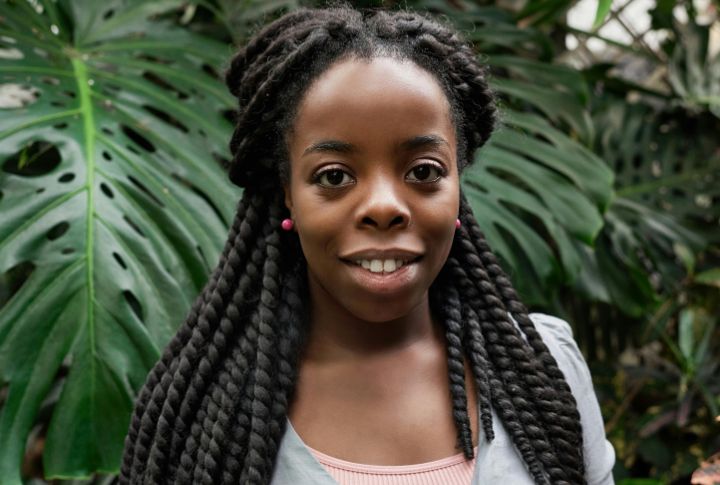
Braids feel like a tiny life hack: hair stays neat in traffic, in meetings, or on the treadmill. It isn’t laziness, it’s strategy—one decision locks in, and a dozen little frictions fall away. Still, that easy choice often carries messages. So, if you’ve been choosing braids again and again, your routine may be trying to tell a story about protection, time, and how you like to feel in your skin. On that note, let’s begin with one of the most basic signals.
Tenderness At The hairline
That sore, pulsing edge after installation is not a badge of neatness. It is your follicles asking for relief. Pain that lingers past day two, headaches that feel like a tight band around your head, or a burning sensation at the temples are warning lights.
That’s because hair along the perimeter sits in smaller groupings and receives more pulling during styling, which means it protests first. Similarly, tiny white or reddened bumps right at the edge signal too much tension.
Growing Traction Alopecia
Pull on a plant each day, and you do not notice the soil shifting until the roots sit exposed. Hair behaves the same way. Constant braiding with a tight grip leads to microinjury around follicles. Over time, you may notice shiny patches that look smoother than the surrounding scalp. Such smoothness often marks reduced growth in that area, also called traction alopecia.
Just like that, a favorite style can turn into a slow-moving loss story.
Breakage Versus Shedding
All hair releases daily as part of a healthy cycle. Those strands that fall out easily and carry a tiny bulb at one end are shed hairs.
However, breakage is different. Short, blunt pieces on your sink or pillow, especially around the crown and nape, point to mechanical stress. Tight braids bend strands at the same points day after day, which weakens the structure.
On that note, an aggressive takedown can double the damage. Rushing removal, yanking through tangles, or undoing braids while hair is bone dry can snap fibers that would have survived a patient’s hand and a bit of slip.
Weight And Duration
How long you keep braids in and how heavy they feel can silently shape your hair’s health. Extra weight tugs on follicles, slowly stressing the roots and edges. Similarly, leaving styles in too long traps buildup, sweat, and bacteria.
So, aim for a balance—protective but not punishing—so your hair enjoys the strength of braids without the hidden toll of tension and time.
Moisture Management
Braids may protect your strands, but they can also lock out much-needed hydration. Dryness often hides beneath neat plaits, leading to brittle ends and breakage during takedown. Your scalp, too, signals thirst with flaking or tightness.
In short, hydrating your braids and scalp consistently keeps your hair flexible, strong, and ready to thrive once the style is removed.
Care While Wearing
Your hair always begs you to perform a simple ritual. Cleanse every ten to fourteen days, focus on the scalp, then follow with a light hydrating spray over the lengths. Seal with a little leave-in. Plus, dry fully before bed to avoid mildew odors, and sleep with a silk or satin layer, scarf, or pillowcase, to cut friction. During workouts, pat sweat away with a towel at the parts and along the nape.
Another idea gaining momentum is a tension map. Each evening, notice any sore spots. If one area complains, adjust how the braids sit the next day.
A Gentler Path Forward
You don’t have to give up braids to keep your hair healthy—you just have to treat them like a style with limits. If a set feels heavy, if your scalp aches, if your edges look thinner, that’s your cue to adjust. Keep installs comfortable and take your time when you remove them.
That’s it. Braids stay beautiful, your scalp stays calm, and your hairline stays yours.

